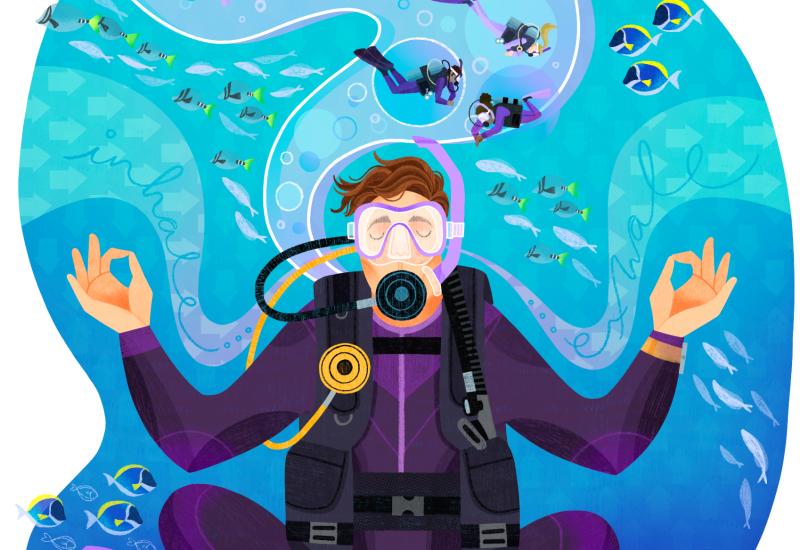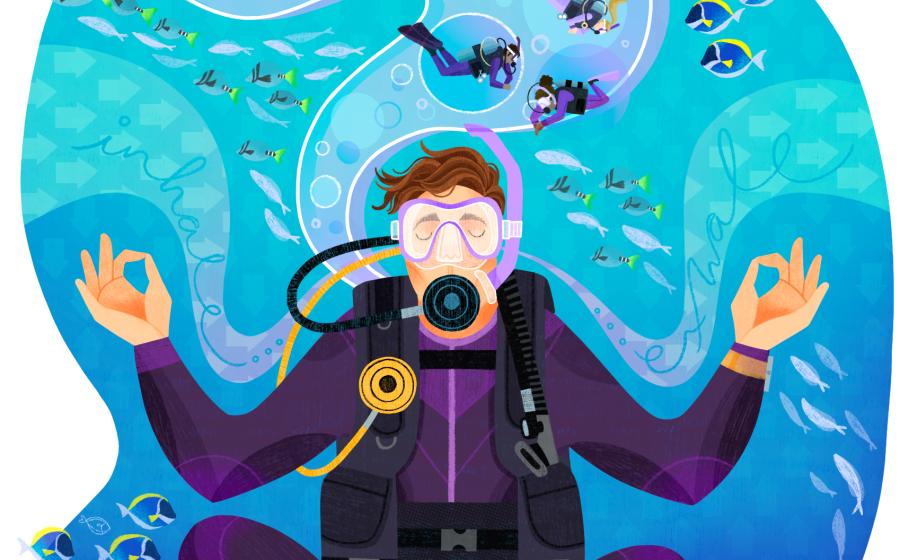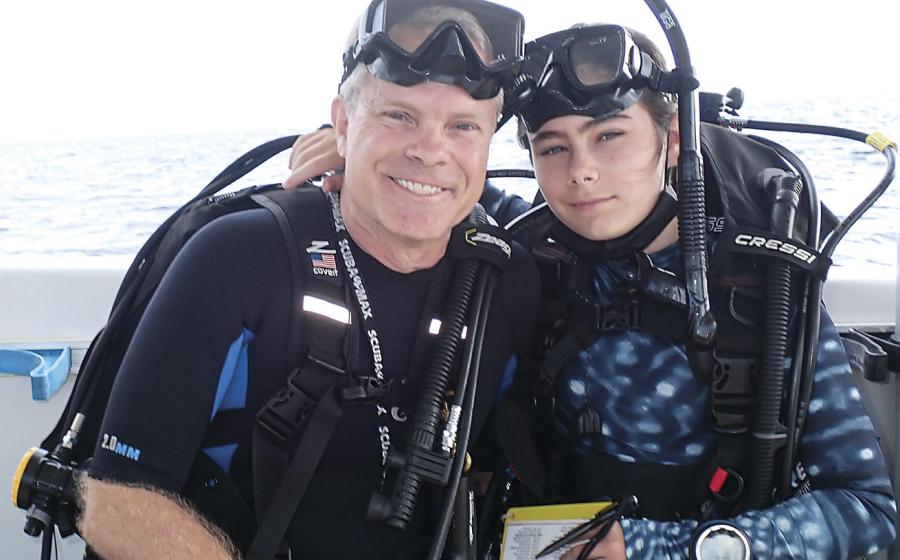What It Takes to Scuba Dive in Arctic Conditions
Sometimes dive paradise is frozen. At the top and bottom of the planet, there are otherworldly experiences awaiting in exotic cold-water locations such as Greenland, the Norwegian archipelago of Svalbard, Canada’s Baffin Island, Russia’s White Sea and Antarctica. If you want to climb to the top of the badass diver pyramid, you have to travel beyond the Arctic—or Antarctic—Circle to get there. That magical imaginary line of latitude that circles the globe where the sun remains visible for a full 24 hours on the summer solstice is a threshold to high adventure, where nothing comes easy, but it’s all worth the trouble. So says Jill Heinerth.
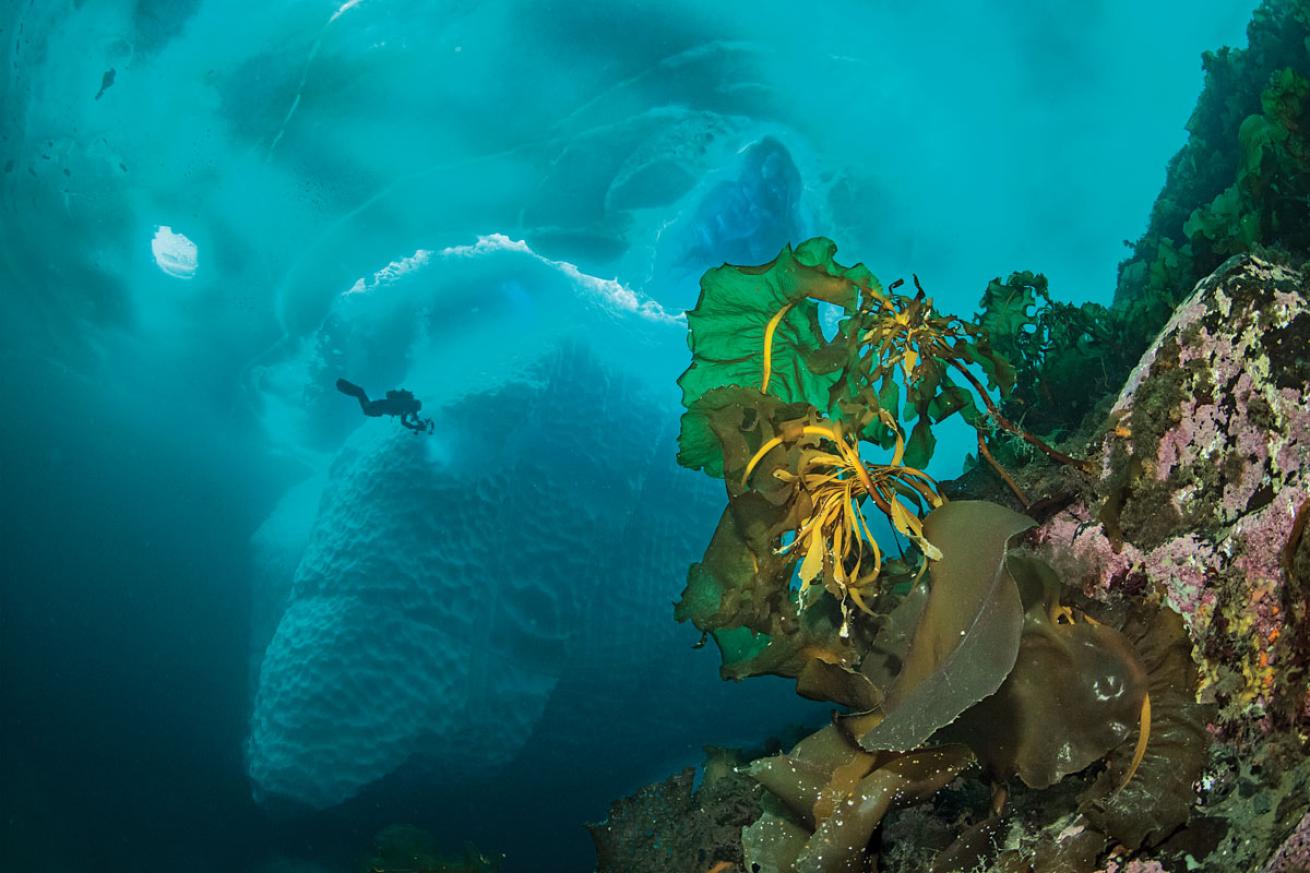
Franco BanfiSaccharina latissima is among the many species of brown algae that provide color under the ice off Tasiilaq, Greenland.
In her new book, Into the Planet: My Life as a Cave Diver, the Royal Canadian Geographical Society’s first Explorer in Residence charts her extreme endeavors inside Antarctic icebergs, beneath the Northwest Passage and in other radical aquatic environments. Heinerth is clearly a diver who thrives in adverse conditions. Thousands of dives later, the filmmaker and conservationist counts arctic locales among her favorite destinations. But she also lends a note of urgency to experience them now—before it’s too late.
“The Arctic is changing fast, and the opportunities to encounter the wildlife there are dwindling,” she says. “Photographing it feels like I am shooting an endangered species. When divers get a chance to see the polar regions, they will want to protect them.” If you’re pumped to take your under- water adventures to the next level, take some advice from this seasoned pro.
FIND YOUR INSPIRATION
For destinations this challenging, you need to dig deep in the mine of motivation for the will powerful enough to overcome considerable obstacles. Conditions so extreme create what might seem like an insurmountable barrier to entry for most of us. But there are major dividends to reap, and they’re not as out of reach as you might think.
For some, the draw is the exotic animals that inhabit some of the harshest waters on Earth. Arctic conditions breed them big, brave and strange.
“I have dived with everything from polar bears to walruses and narwhals to belugas in Canada’s north, but the small life is remarkable too,” Heinerth says. “Crimson-red lion’s mane jellyfish always stand out in my mind because of their contrast against the blue ice.”
For others, the attraction is ice, which creates alien aquascapes on and below the surface. Across the scuba spectrum, there are few visions rarer than diving under a frozen ceiling where structures seem cut from glass. “I love the ice because it is an ever-changing sculpture,” she says. “There is truly nothing like it on Earth, sometimes clear and at other times infused with the most remarkable palette of blues and whites. As it melts, it changes by the minute.”
And for the rest, the appeal is bragging rights to rule above all other bragging rights. Let’s face it, it’s hard to compete with a well-told account of arctic adventure when the tall tales start to fly among divers.
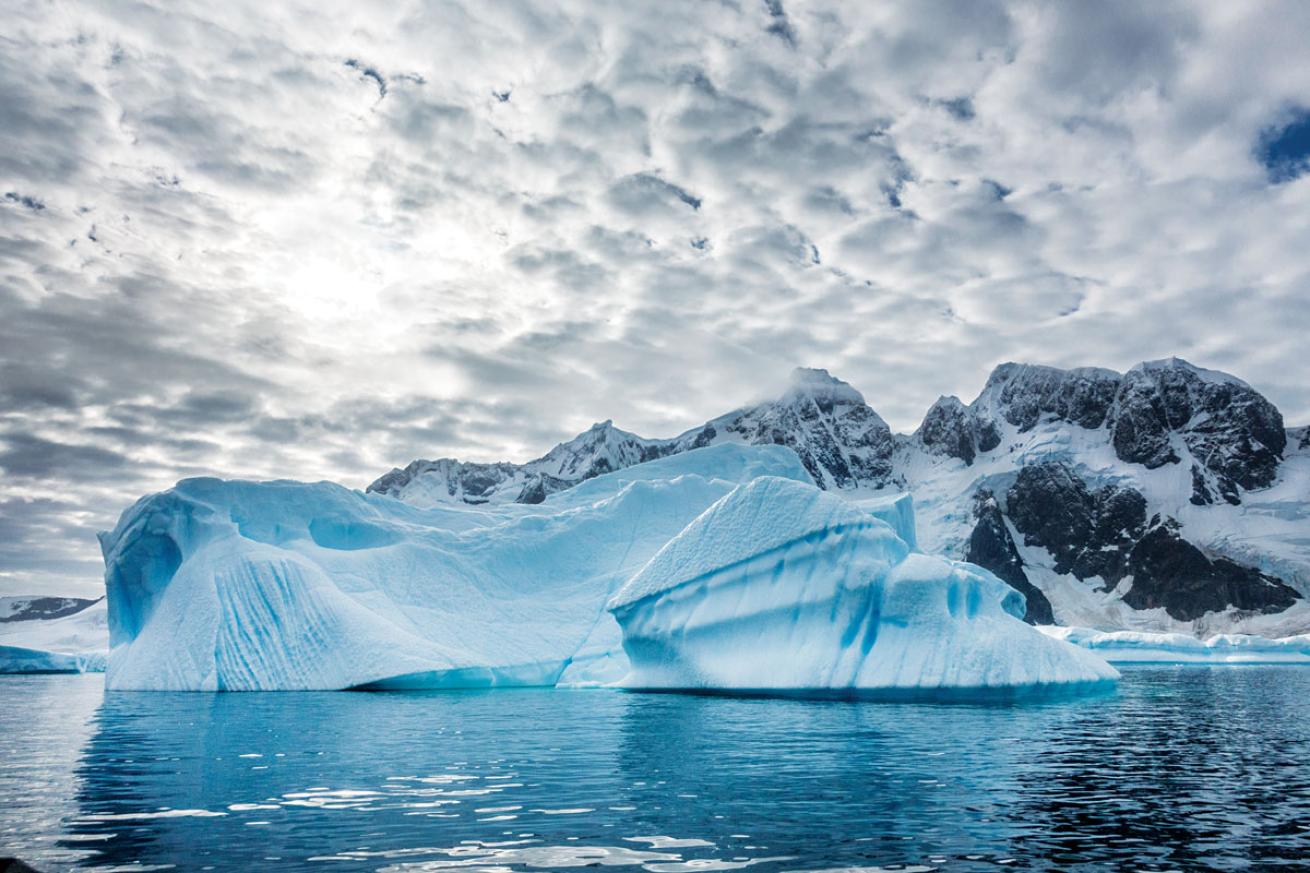
Becky Kagan SchottAntarctica draws adventures with its raw beauty, both underwater and above the water with sights like these icebergs.
GET THE RIGHT TRAINING
Diving in the Arctic requires a strong cocktail of skills and experience. Hypothermia-inducing water temperatures (28 to 30°F on average), unpredictable ice formations and confounding task loads present unique challenges that can only be safely undertaken with specialized preparation.
“Diving in the ice can be very dangerous without proper training and protocols,” Heinerth says. “The cold is unforgiving.” Conditions can change quickly, and the lack of direct access to the surface presents potentially dire consequences in the event of malfunction or mishap. “In many cases, a rope harness is needed under the ice so that a diver is not swept away from their access point,” she says. “Contingency planning is necessary to prepare properly for events such as a flooded suit.”
Becoming comfortable operating in a drysuit with a thick hood and gloves is critical. You’ll need to develop muscle memory to perform mundane tasks like clearing your mask, adjusting your BC or tightening fin straps while encumbered by gloves and bulky layers. There’s simply no substitute for experience in planning and executing ice dives under more controlled environments in less extreme conditions. And don’t forget that arctic diving is a team sport.
“You need tenders and rescue divers, and everyone needs to take their turn cutting the hole or manning the lines in addition to having fun underwater,” says Heinerth. “A good attitude and willingness to be a team player are vitally important.”
PACK THE PROPER GEAR
If cold taxes your body, it can play righteous hell with your equipment. Regulators can freeze into ice cubes. Zippers can seize like glaciers. LCD screens can go unnervingly blank. And batteries can die well before their time. Your travel-friendly liveaboard gear, perfect for warm Indonesian waters, won’t cut it in the Arctic, so careful planning is necessary to build a suitable kit.
“A drysuit, thick hood (9 mm), redundant life support, dry or thick wet gloves, titanium ice screws, a harness and well- engineered undergarments are all necessary for safe and comfortable ice diving,” says Heinerth. And that’s the short list.
Life support specifically designed to handle the cold is critical. A full-face mask can save your exposed skin from the cold and prolong your endurance. Exposure protection should be extra robust, constructed with materials tough enough to survive abrasion from ice. Undergarments should be thick, moisture wicking and redundant, and pay special attention to hands and feet. While a heated undergarment might seem like a luxury, it could be the difference between surviving your arctic adventure and really enjoying it. But don’t forget that your time underwater will be a fraction of your experience.
“The underwater exposure might be the warmest place you are all day, as you will be exposed to the cold for a long time, and the surface temperatures will likely be colder than the water,” Heinerth says. “It is important to have very good outerwear and layers to stay warm while you assist others in their ice diving activities.” And don’t forget the hot beverages.
The Hack: Shock Your System
The body reacts automatically to submersion in very cold water by inhaling sharply and involuntarily, and constricting blood vessels, both of which can be dangerous. However, through conditioning divers can develop a tolerance—physically and mentally—and become better prepared for the initial shock by learning to anticipate these physiological responses and control their breathing.
WEATHER-TESTED GEAR This heavy-duty gear that will rise to the occasion.
mareS 75Xr-Dr reGUlaTOr SeT $1,600 for the set; mares.com This set—which includes a pair of first and second stages to ensure your redundant gear is just as capable—was designed to withstand extreme depths and frigid water. It performed well, even at 288 feet, on the ANSTI breathing machine during ScubaLab’s 2018 test, and the mesh sec- ond stage cover helps prevent free-flow in current or when scootering.
WaTerPrOOF D7X NylOTech DrySUiT $3,299; waterproof-usa.com The D7X is constructed with Nylotech material that is thick and tough, and it features Kevlar reinforcements on the knees and other high-wear areas. But the best aspect of the D7X will interest cold- water divers: The seals excel at keeping water out and divers dry.
Photos by Jon Whittle

